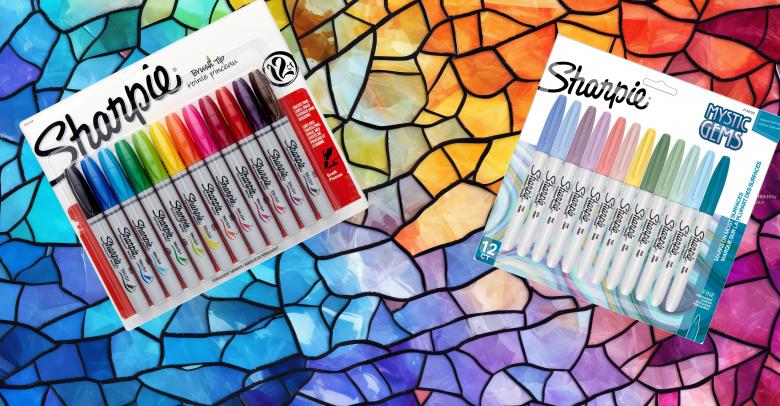You’ve probably heard the term “close reading” thrown around in-services and conferences over the past decade. And although the simple meaning is easy enough to grasp—reading a text closely rather than just scanning or skimming. But in practical classroom terms, it can mean a variety of things.
According to literacy educator Tim Shanahan, close reading is defined as “an intensive analysis of a text in order to come to terms with what it says, how it says it, and what it means.”
Why we need to teach close reading is clear. New standards are constantly calling for more complex texts—texts that cannot be glossed over. Skills need to be taught that draw the student’s attention deeper into the text. How? There are lots of ways!
Close reading asks “Why” and “How” instead of “Who” or “What”
You can dictate the depth of reading by what kinds of questions you ask. Questions that are answered by a simple fact will not force the students to read any closer than they normally would. But if you start asking them the questions behind the text, like why a character behaved in a certain way, it exercises much more than just rote memorization.
Students ask the questions
In a similar vein, students need to learn how to ask themselves (and their classmates) questions. If they are close reading by themselves, that’s the only way to force themselves to go deeper into the text. When practicing this in class, make sure they also follow the “Why” and “How” guidelines. A great exercise to use is to have the student who just read a passage ask a question of the student who will be reading next.
Shorter texts
You’re probably correct in guessing that close reading takes longer than traditional reading strategies. You’ll have to pause the lesson more often. To make up for that discrepancy, choose shorter texts. You’ll alleviate the pressure both you and the students will feel to “get it over with.”
Graphic organizers
There are plenty of graphic organizers that help students organize their thinking about a topic, from the simple Venn diagram to complex story structures. If students are responsible for filling in their organizer, they will pay more attention to the text in order to find the answers.
All the support you need for reading instruction can be found at School Specialty online.






Leave a Reply